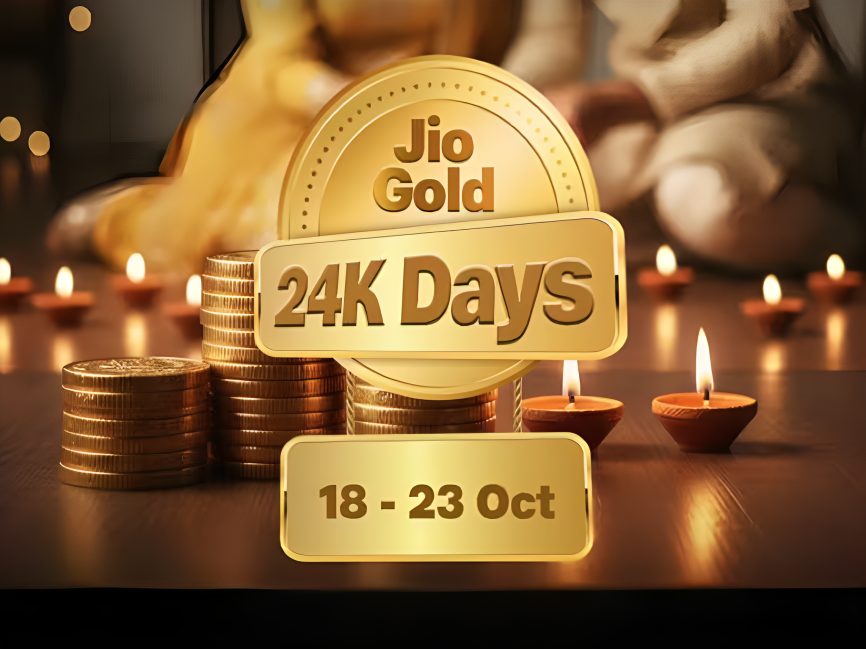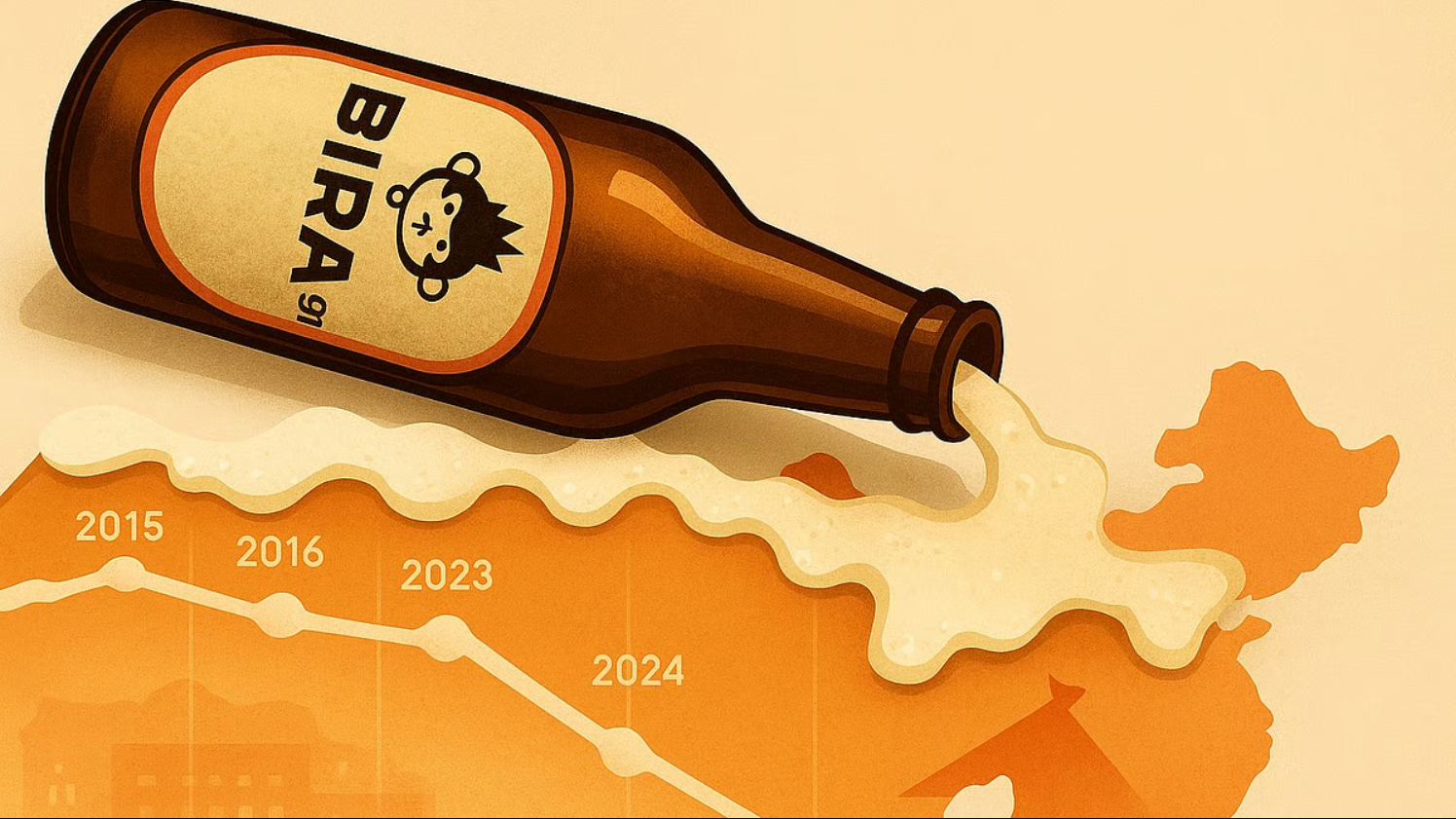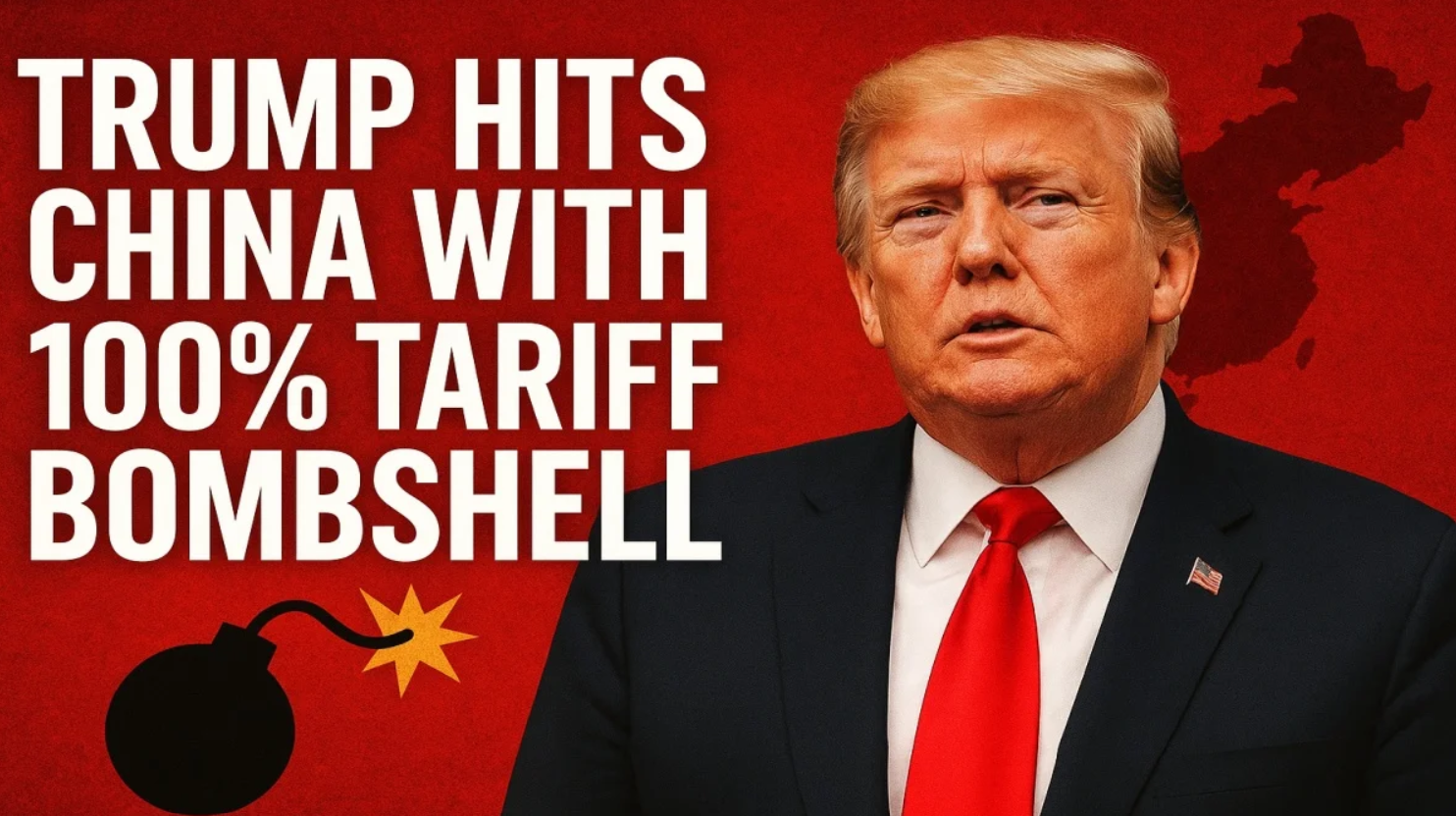Gold has always been a symbol of wealth, tradition, and stability in India, but when it comes to investment portfolios, most retail investors tend to overlook it. With equities grabbing headlines and fixed income options providing a sense of security, gold often becomes a side character in the financial planning story. However, recent trends and long term data reveal a compelling truth. Gold is not just a defensive asset. It has proven to be a serious wealth builder over time.

As of July 2025, gold prices in the international market have surged past 3300 dollars per ounce. In India, the price of 10 grams of gold now stands near 97580 rupees. That is not just a number. It represents decades of appreciation, market resilience, and the ability of gold to perform across economic cycles. In fact, the compound annual growth rate of gold returns over the past 25 years is 11.91 percent. Over the last 20 years, it stands at 11.51 percent. And in the last 10 years, gold has delivered a 12.16 percent annualized return. These are not isolated statistics. They reflect a pattern of dependable long term wealth creation.
Even if we narrow the horizon to the past five years, the growth is impressive. Gold has returned 13.38 percent annually, clearly outperforming many other asset classes. This run is not only the result of long term macroeconomic trends. It is also shaped by recent global shifts. From geopolitical tensions to monetary policy uncertainty and a weakening dollar, several triggers have fueled gold’s meteoric rise. Not to mention the aggressive moves by global central banks that have added gold to their reserves, signaling confidence in the metal’s staying power.
The recent surge is even more telling. From a low of around 1630 dollars per ounce in October 2022, gold has nearly doubled to over 3300 dollars in just under 28 months. Year to date, gold has gained more than 27 percent. In the past one year alone, it has soared by more than 40 percent. This is not just market noise. It is a sustained rally driven by both fundamentals and sentiment.

What’s surprising is that this long standing performance has happened in spite of gold’s reputation as a slow mover. Gold often trades within tight ranges for extended periods. It can go months, or even years, without dramatic price movements. But when it rises, it does so sharply, rewarding those who stayed invested. Investors who entered the market at seemingly uneventful times and held their positions over years have ended up with handsome gains.
Even if you go back further, to the early 2000s, the picture remains consistent. Gold was trading at just 200 dollars per ounce in 2000. By 2005, it had reached 377. In 2010, it crossed 1200. It dipped slightly in 2015 but then picked up pace again in 2020 and soared past 3000 in 2025. Every major global crisis, every policy shift, and every period of economic instability seems to have added to gold’s credibility as a long term hedge.
Looking ahead, major banks are split on gold’s future. Bank of America believes gold could hit 4000 dollars per ounce in 2026. Goldman Sachs, in a high risk scenario, has predicted a potential price of 4500 by the end of 2025, which would mean a return of over 70 percent in a single year. On the other hand, Citi Research believes that gold might already be nearing its peak and could stabilize in the 3100 to 3500 dollar range before softening next year.

Whatever the future may hold, gold has made one thing clear. It is not just an emergency asset for uncertain times. It is a core performer over the long run. Yes, it may not offer the adrenaline rush of fast moving stocks, but it rewards patience, resilience, and discipline. And for many investors, those qualities are the foundation of real wealth.
For those building long term portfolios, gold remains a reliable component. A well diversified basket that includes equities, bonds, and a small but meaningful allocation to gold has consistently outperformed portfolios that exclude the yellow metal. Even with gold’s recent highs, financial experts advise a balanced approach. Keep your exposure limited to 5 to 10 percent of the total portfolio, and let gold do what it does best protect, preserve, and grow your wealth over time.
To stay updated on market trends, gold performance, and investment insights explained simply, follow You Finance on Instagram and Facebook.















